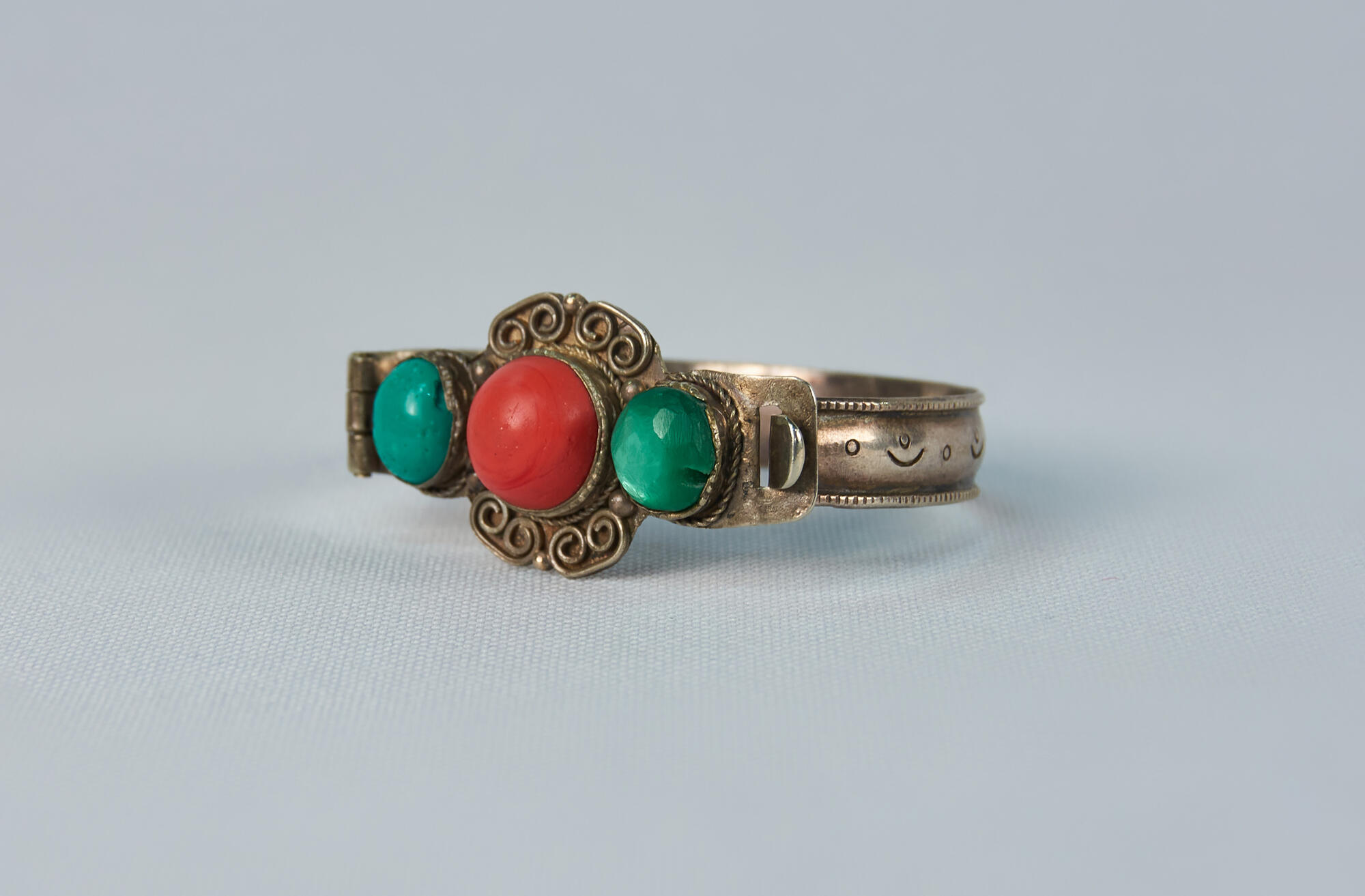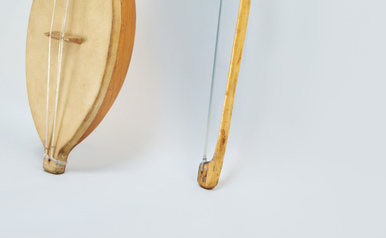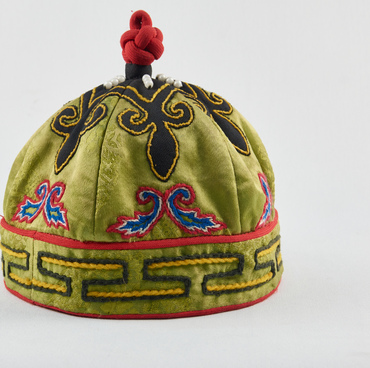Traditionally, there are different kinds of jewelry (earrings, rings, bracelets, etc.) for girls and women.
Jewelry for girls was unassuming. At the age of one, a girl already had her earlobes pierced and green tea leaves inserted into them, and from the age of 4 or 5 she began to wear earrings. Little girls had simple round earrings, at the age of 13–14 years their parents gave them elaborate, ornately shaped earrings which they wore till they got married.
For their weddings, brides from wealthy families already had expensive silver earrings decorated with coral inlays. They wore them almost until old age, when again replaced by simpler ones. Earrings were made of silver and on rare occasions of gold.
Rings were made of silver and decorated with a simple pattern that was usually engraved. A typical Tuvan ring (chustuk) was silver plated and decorated, as a rule, with engraving and chasing. The plate of the ring had a round or vertically extended oval shape. Girls’ rings were simple and rounded while women’s rings were decorated with a big figured ornamented plate. At weddings, brides were supposed to wear two silver rings on each hand (on the middle and ring fingers).
At the wedding, the bride also wore one silver patterned bracelet on each wrist. A girl’s silver or copper bracelet was perfectly smooth, with no pattern, while a woman’s one was always decorated with patterns and often with inlaid stones.
The bracelet is closed and made of a solid silver plate. The front side of the bracelet is traditionally decorated with a combination of metal with “eye” inserts, namely, inlaid with minerals: coral in the center, turquoise and imitation nephrite (green faceted glass) of equal size on the edges. The settings of the stones are decorated with thin twisted wire. The edges of the settings are framed by impressions in the form of small circles. The central part of the bracelet where the round coral is inlaid is particularly ornate: the entire perimeter of the coral is framed by six round dots, four “ram’s horns” patterns are embossed on the top and bottom. The non-face side of the bracelet is decorated with a simple pattern consisting of three patterned bands: on the edges they are formed by notches, in the middle — by circles with alternating scrolls.





